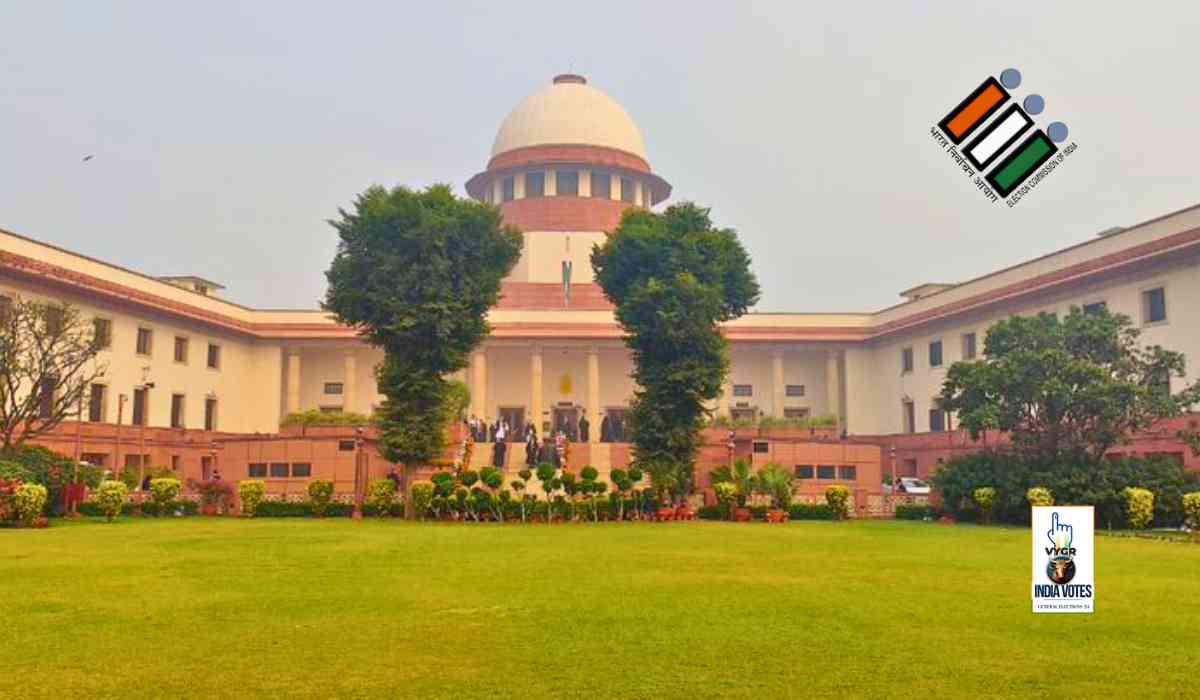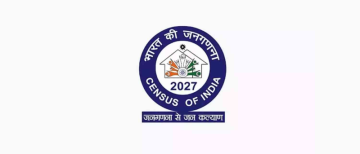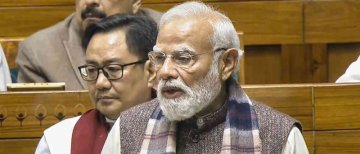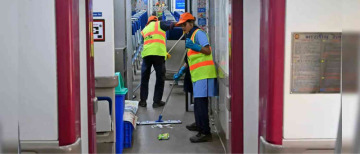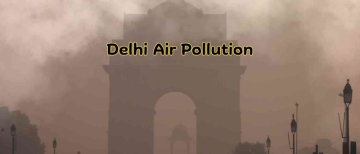India's thriving democracy depends on election process openness and public confidence. As a vital safety measure, the Voter Verifiable Paper Audit Trail (VVPAT) system empowers voters and increases confidence in electronic voting machines (EVMs). Let's explore the intriguing history of VVPAT, its importance, and the current discussion around full verification in more detail.
A Call for Transparency: The Genesis of VVPAT
Concerns about EVM accuracy weren't always a whisper. VVPAT emerged as a direct response to these concerns. Imagine a time when the only confirmation of your vote was a silent beep on an EVM. VVPAT addressed this by bridging the gap between technology and transparency. It's like a receipt for your vote, providing a tangible record. When you press the button on the EVM, a satisfying whir announces the creation of a paper slip displaying the party symbol you selected. This slip remains visible for a few seconds (7 seconds) through a transparent window on the VVPAT machine, ensuring you see your choice reflected accurately. It's a small but significant step that empowers voters and fosters trust in the system.
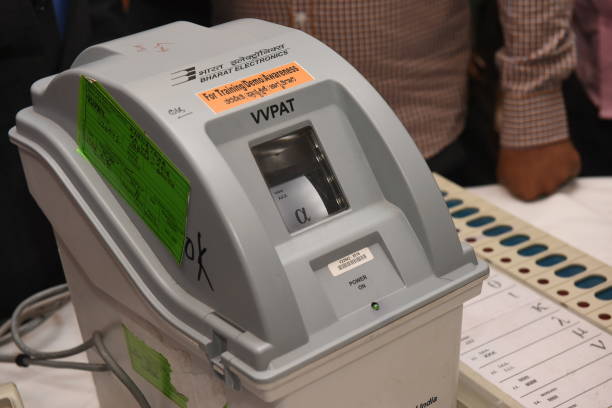
Deployment Challenges: From Bureaucracy to Resourcefulness
Rolling out VVPAT machines across India's vast and diverse landscape wasn't a simple feat. Take Ramesh, a dedicated poll worker stationed in a remote village nestled in the foothills of the Himalayas. Coordinating the distribution and training for hundreds of VVPATs alongside his usual duties of setting up the polling booth and managing voter lists required meticulous planning and resourcefulness.
Bureaucracy often reared its head, with delays in equipment delivery and logistical hurdles testing Ramesh's patience. But Ramesh, like countless other poll workers across the country, persevered, understanding the importance of a smooth VVPAT implementation. Their dedication ensured that even in the remotest corners of India, democracy functioned with efficiency and transparency.
A Global Look: Benchmarking VVPAT
VVPAT isn't alone on the world stage. Several countries employ similar paper trail mechanisms to ensure electoral integrity. Brazil, for instance, uses voter-verified paper ballots, where voters directly mark their choices on paper. This system offers a high degree of verifiability but can be time-consuming for counting votes. Germany, on the other hand, combines EVMs with paper trails. Here, after the vote is registered electronically, a paper printout is generated for archival purposes.
Each approach has its merits and drawbacks, sparking interesting conversations among democracies about the best way to strike a balance between efficiency, transparency, and security.
The Legal Framework: The Bedrock of VVPAT's Legitimacy
The strong legal system in India and the technology it uses are what give VVPAT its legitimacy. The Election Commission of India (ECI) is mandated by Article 324 of the Constitution to supervise and manage free, fair, and secure elections.
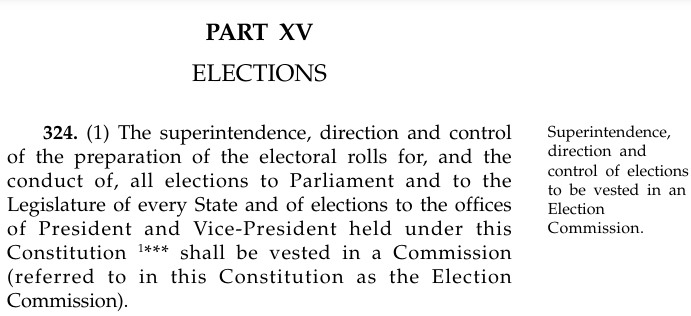
- The foundation of electoral laws is the Representation of the People Act, 1951.
- The 1988 amendment to this Act made it possible for EVMs and, consequently, VVPAT to become a crucial component of the system. For national and state assembly elections, VVPAT use is currently required; however, the ECI may decide to extend this requirement to other elections.
Because of its adaptability, the ECI can balance the advantages of VVPAT against practical concerns in smaller elections.
Courtroom Rulings and Public Scrutiny: Ensuring Accountability
The integrity of the electoral process is also greatly protected by the judiciary. In 2019, the Supreme Court, recognising the importance of public trust, directed the ECI to increase random VVPAT verification to five Electronic Voting Machines (EVMs) per constituency before the Lok Sabha elections. The goal of this action was to increase public trust and transparency.
Numerous high courts have also expressed their opinions, highlighting the significance of verifiability and swift resolution of any potential discrepancies. PILs, or public interest lawsuits, that demand thorough verification serve as more evidence of the public's desire for an impenetrable electoral system. In order to meet the needs of a vigilant democracy, VVPAT will continue to develop and adapt as a result of these ongoing conversations and legal challenges.
The Supreme Court Weighs In: A Pivotal Hearing
The upcoming Supreme Court hearing on May 17th holds significant weight for India's electoral future. The court will consider arguments from various stakeholders, including political parties, election officials, and public interest groups. The central question revolves around the extent of VVPAT verification required. Should it remain at random checks, or is a more comprehensive verification process necessary? Striking a perfect balance between legal requirements, technological advancements, and public trust remains a challenge. VVPAT, as an independent vote verification mechanism, plays a pivotal role in ensuring every vote counts. Proponents of mandatory VVPAT verification argue that it strengthens the democratic process by allowing voters to witness the physical confirmation of their choice. They believe it discourages potential manipulation and fosters a sense of security. Opponents, however, raise concerns about the time and resources required for comprehensive verification. They argue that the current system, with random checks and robust security protocols for EVMs, is sufficient to maintain trust. The upcoming hearing will determine the future landscape of VVPAT verification in India, with the potential to impact voter confidence and the overall perception of electoral integrity.
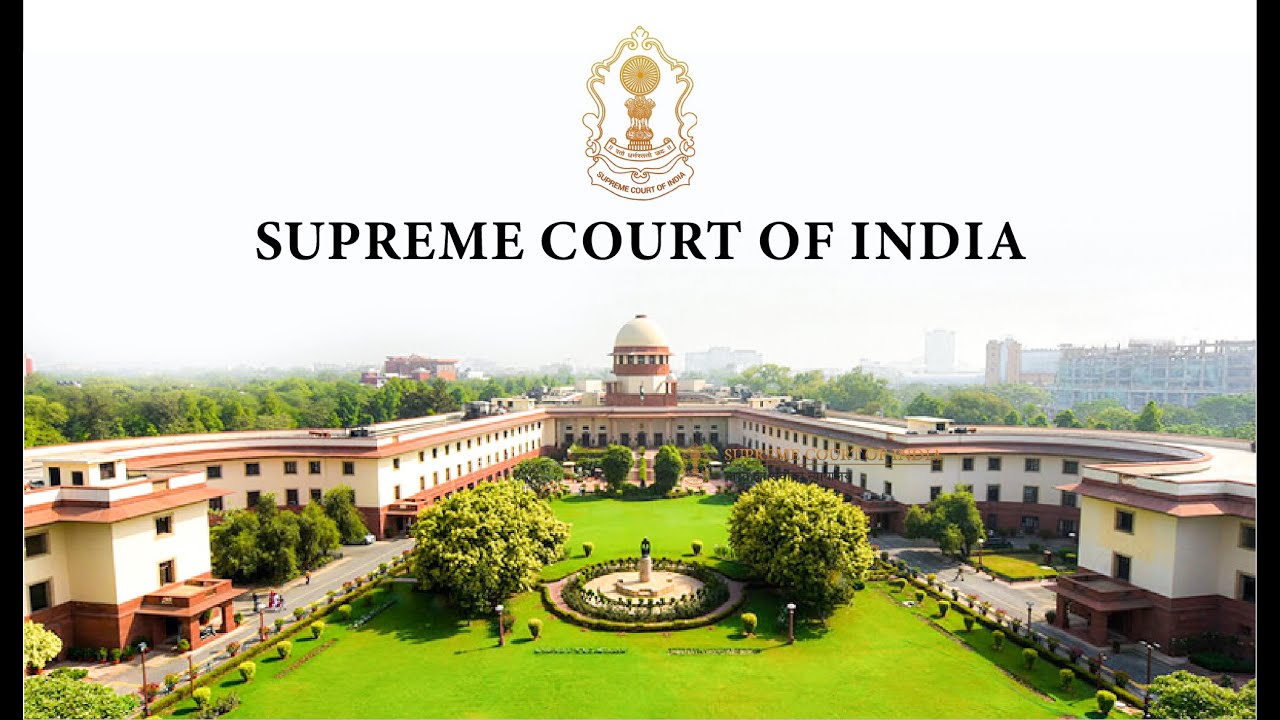
Educating Voters: Raising Awareness for a Stronger Democracy
The foundation of any democracy is its citizens. But a functioning VVPAT system can only be successful if voters comprehend its intent and how it works. It is the duty of political parties, media outlets, and civil society organisations to inform the public about VVPAT. In a recent social media campaign, a youth group effectively explained the VVPAT system by using memorable slogans and realistic scenarios. To make the concept easier for younger voters to understand, they made use of pop culture allusions and even produced a rap song. In addition, the Election Commission has introduced interactive training programmes and voter education simulations, such as VVPAT. These programmes promote informed participation and fortify the democratic process by arming voters with knowledge.
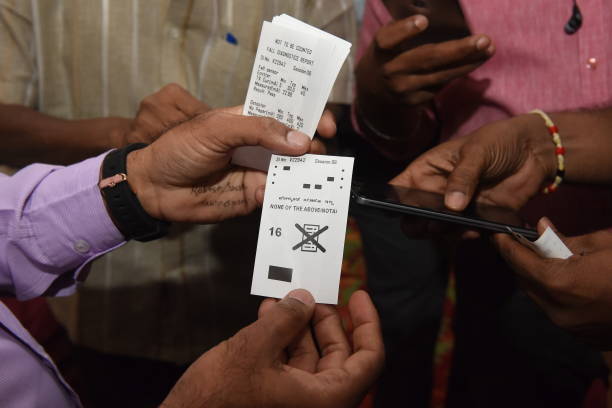
Future Innovations: A Look Ahead
The world of VVPAT is constantly evolving. Researchers are exploring ways to enhance VVPAT efficiency and security, such as tamper-proof paper with invisible watermarks or digital verification options that link the paper slip to the electronic vote. Balancing transparency with robust security remains a priority. Implementing these advancements will require careful consideration of logistical challenges and potential costs. However, the continuous pursuit of innovation ensures that VVPAT remains a reliable safeguard in India's ever-evolving electoral landscape.
The VVPAT system, as a receipt for your vote, ensures every choice is verifiable. It's a testament to India's commitment to a strong and secure electoral process. By actively participating, understanding the system, and holding authorities accountable, we can all contribute to a vibrant and trustworthy democracy.
ⒸCopyright 2024. All Rights Reserved Powered by Vygr Media.

